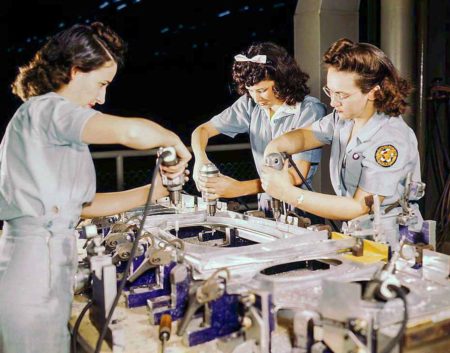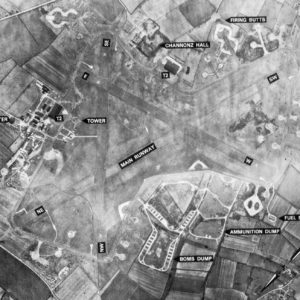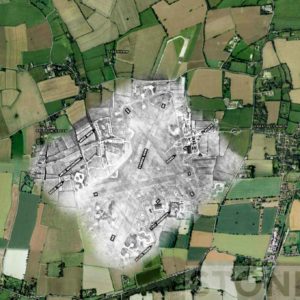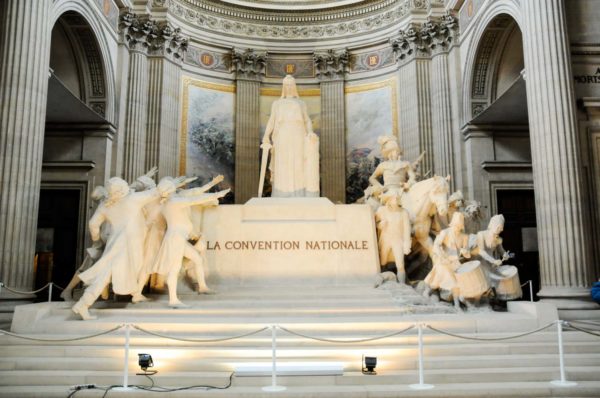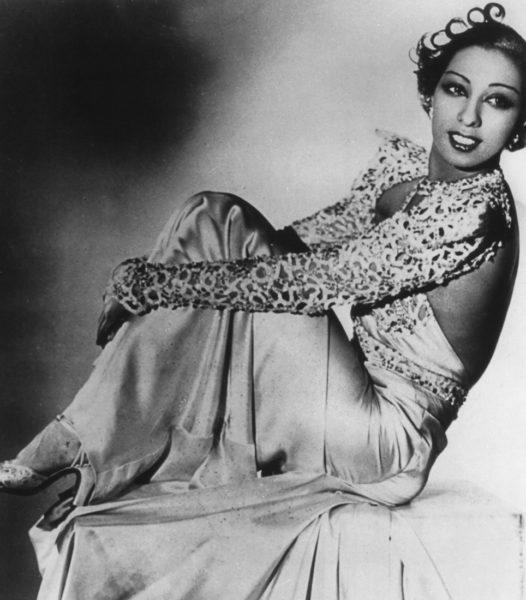Arguably, the greatest combat contribution of any Hollywood celebrity during World War II was Jimmy Stewart (as opposed to Clark Gable and his photo ops). Stewart entered the United States Army Air Force (USAAF) as a private immediately following Pearl Harbor. Already a licensed pilot, Stewart demanded to be treated as any other enlisted man and by 1943, he was a pilot in the 445th Bombardment Group. In November of that year, the 445th was assigned to RAF Tibenham air base in England. Stewart flew twenty-five missions as a commander of a bomb squadron of B-24s and twenty uncredited missions before being sent home. He was promoted to major in January 1944 and was a full-bird colonel after his service was up. Jimmy Stewart was awarded the Croix de Guerre by Gen. de Gaulle as well as two Distinguished Flying Crosses. Stewart went into the Air Force Reserves and was promoted to brigadier general (one star). On 23 May 1985, President Reagan honored Stewart with the Presidential Medal of Freedom and promoted him to major general (two stars).
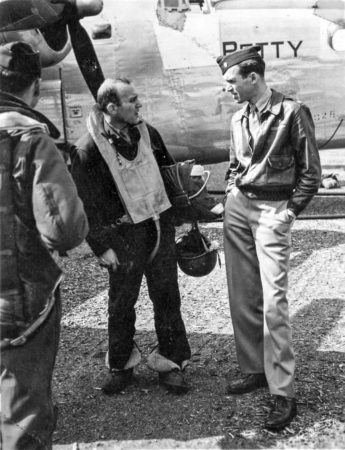
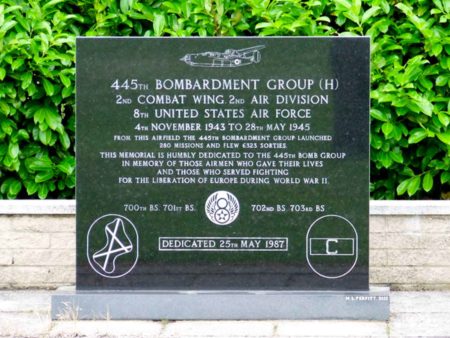
Today’s blog isn’t about Jimmy Stewart. It’s about the heavy bomber he flew: the B-24, or “Liberator.” We will highlight one plane known by its nose art as “Hot Stuff.” This blog also has a special meaning for my family. My paternal grandmother was a “Rosie the Riveter” during the war. She lived in San Diego and worked at the Consolidated Aircraft factory where B-24s were manufactured. Elsie Ross was assigned to the production line that built the wings for the B-24s. It is very likely she worked on the wings of the B-24 that would eventually be named Hot Stuff.
